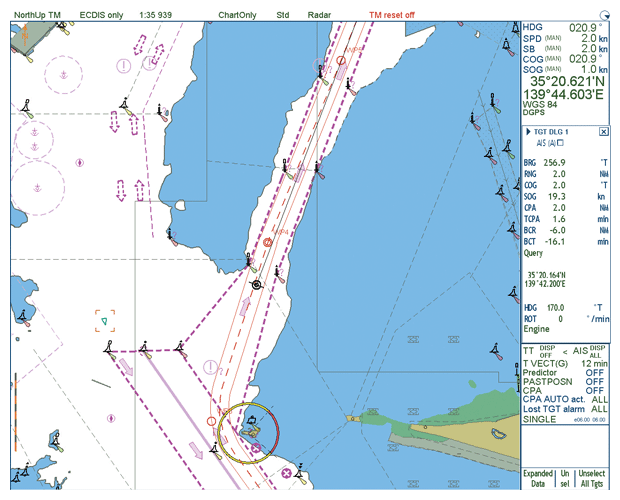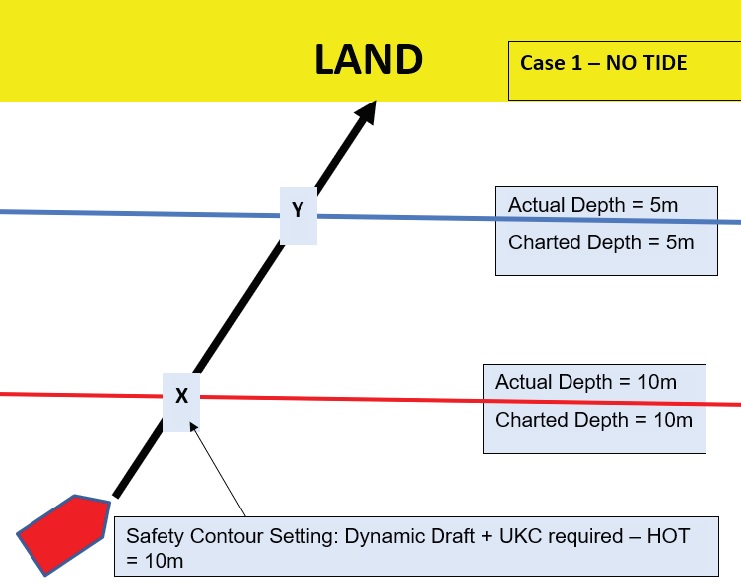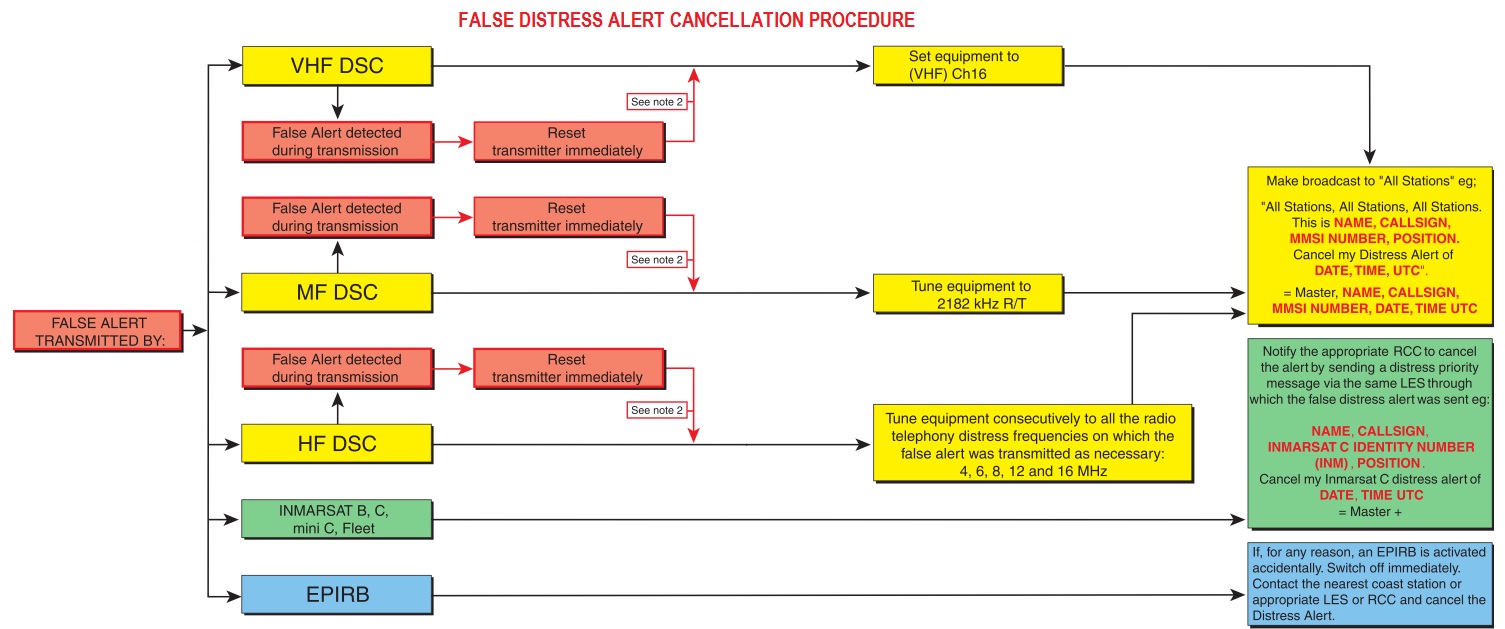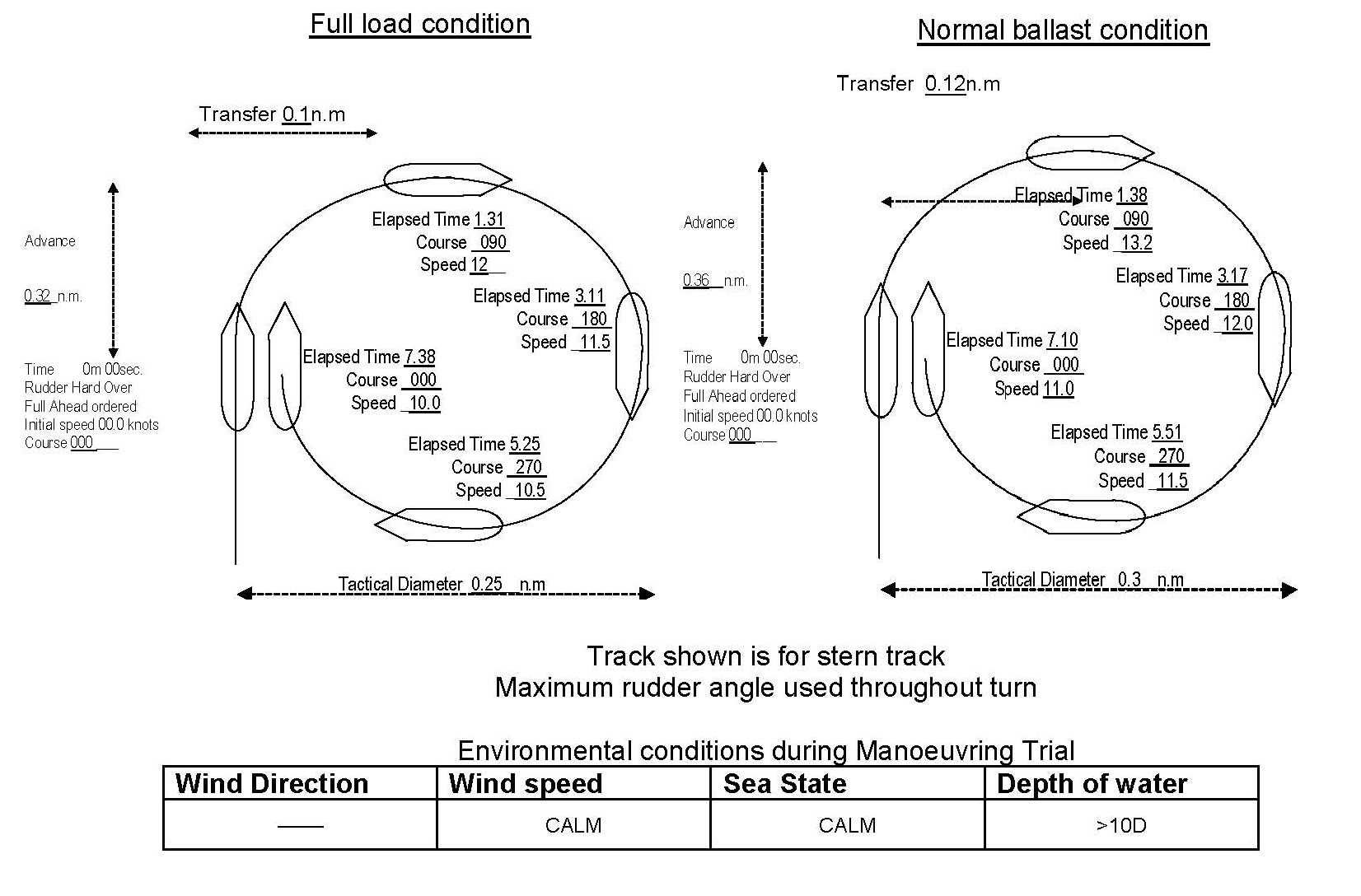COLREG In Easy Language (Rule 2,5,7 & 8)
Collisions are among the most high profile of all maritime accidents. The number of collisions and their cost (personal and financial) has increased in recent years and “human error” seems to be the only common factor. Collisions should not happen but they do; sometimes with









